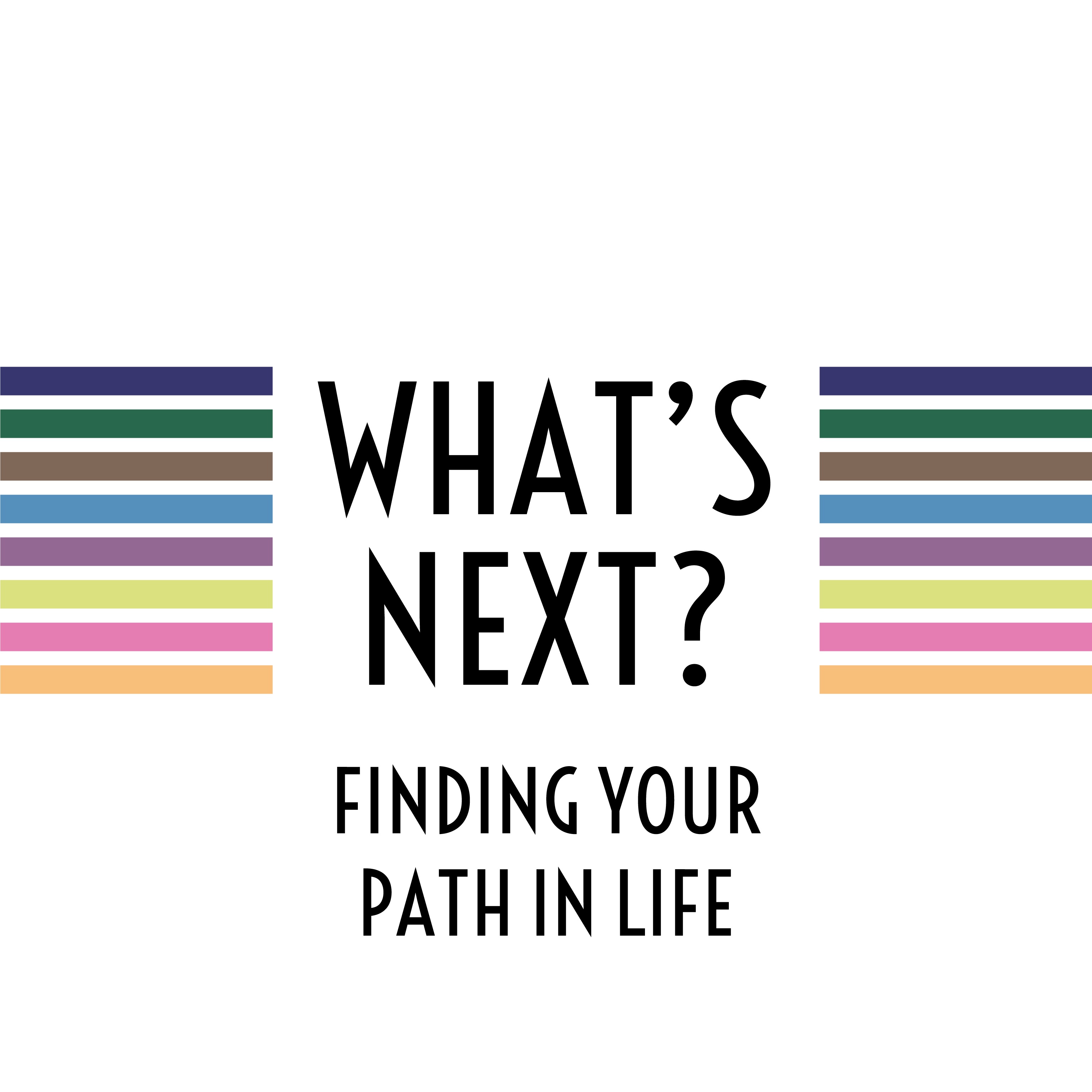Transition educators and Indiana families and students in transition need access to up-to-date information about programs and services. They need answers to their questions about changes to Transition IEPs, regulations, graduation requirements, and more.
- Through its comprehensive website, the Indiana Secondary Transition Resource Center (INSTRC) provides information at a click.
- The INSTRC team is frequently on the road throughout the state, working directly with teachers in their districts and in their classrooms.
- The team sends transition tips to teachers weekly, throughout the school year, through INSTRC's popular Tuesday's Transition Tips.
- INSTRC staff collaborate with transition coordinators and teams throughout the state through INSTRC's regional Cadres of Transition Leaders.
The Center on Community Living and Careers created INSTRC in collaboration with the Indiana Department of Education's Office of Special Education to answer questions and provide professional development for youth in transition, their families and teachers.


